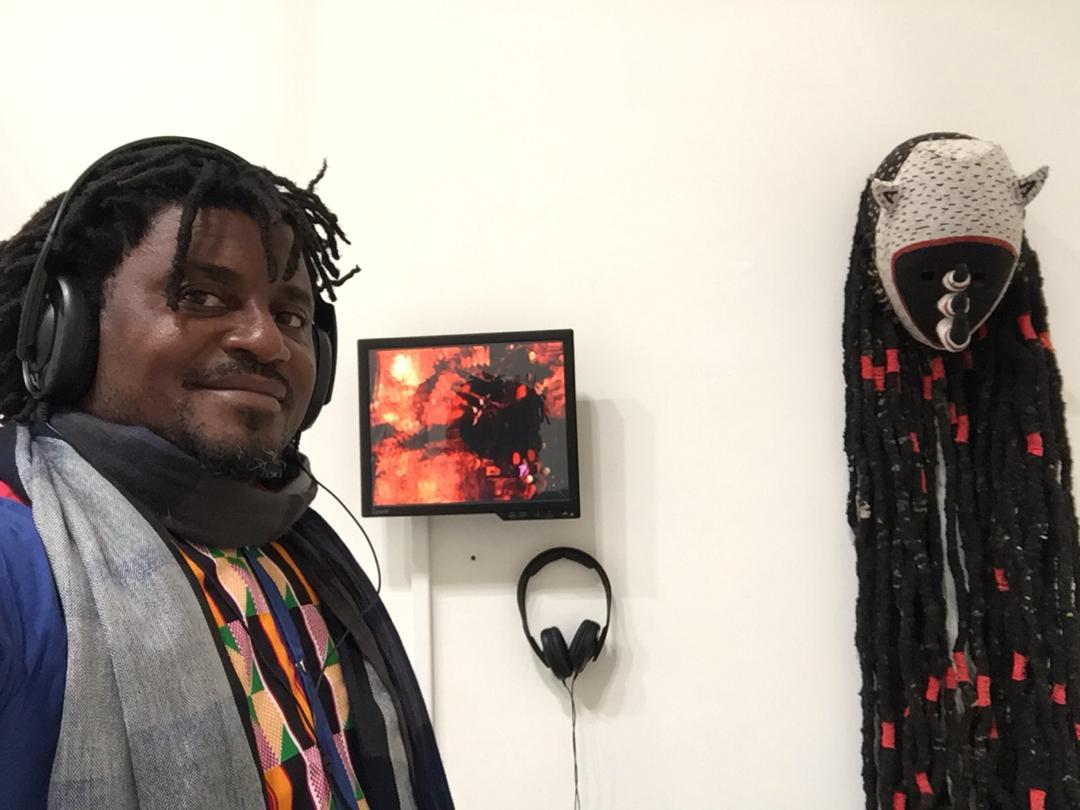
Hervé Youmbi
Cameroun
Hervé Youmbi. Photo gracieusement fournie par la galerie Axis.

Hervé Youmbi (né en 1973) est né à Bangui, en République centrafricaine, et a grandi à Douala, au Cameroun. C'est un artiste contemporain renommé, profondément influencé par l'histoire complexe de l'Afrique. La pratique conceptuelle de Youmbi explore les questions d'identité, de pouvoir et de l'héritage du colonialisme à travers des portraits et des masques hybrides qui comblent le fossé entre les rituels traditionnels africains et le monde de l'art contemporain mondial.

Les contributions de Youmbi à ce projet rendent hommage à ses collaborations avec des artistes talentueux de la région des Grassfields au Cameroun. Le travail collaboratif permet à Youmbi de naviguer avec succès dans les règles établies de la société du masque et de créer des masques hybrides passionnants qui mélangent des icônes interculturelles populaires avec des genres renommés du masque.
Les notions de circulation sont omniprésentes dans l'œuvre de Youmbi. En transférant des sculptures qui ont été rituellement mises en scène « sur le terrain » dans des galeries d'art et des musées, et en leur permettant de retourner ensuite chez leurs nouveaux propriétaires si ceux-ci le souhaitent, il crée des liens entre les institutions et les communautés d'origine, remet en question la permanence et la fonction des œuvres d'art dans les musées et brise la dichotomie entre « l'art classique » africain et « l'art contemporain ».
